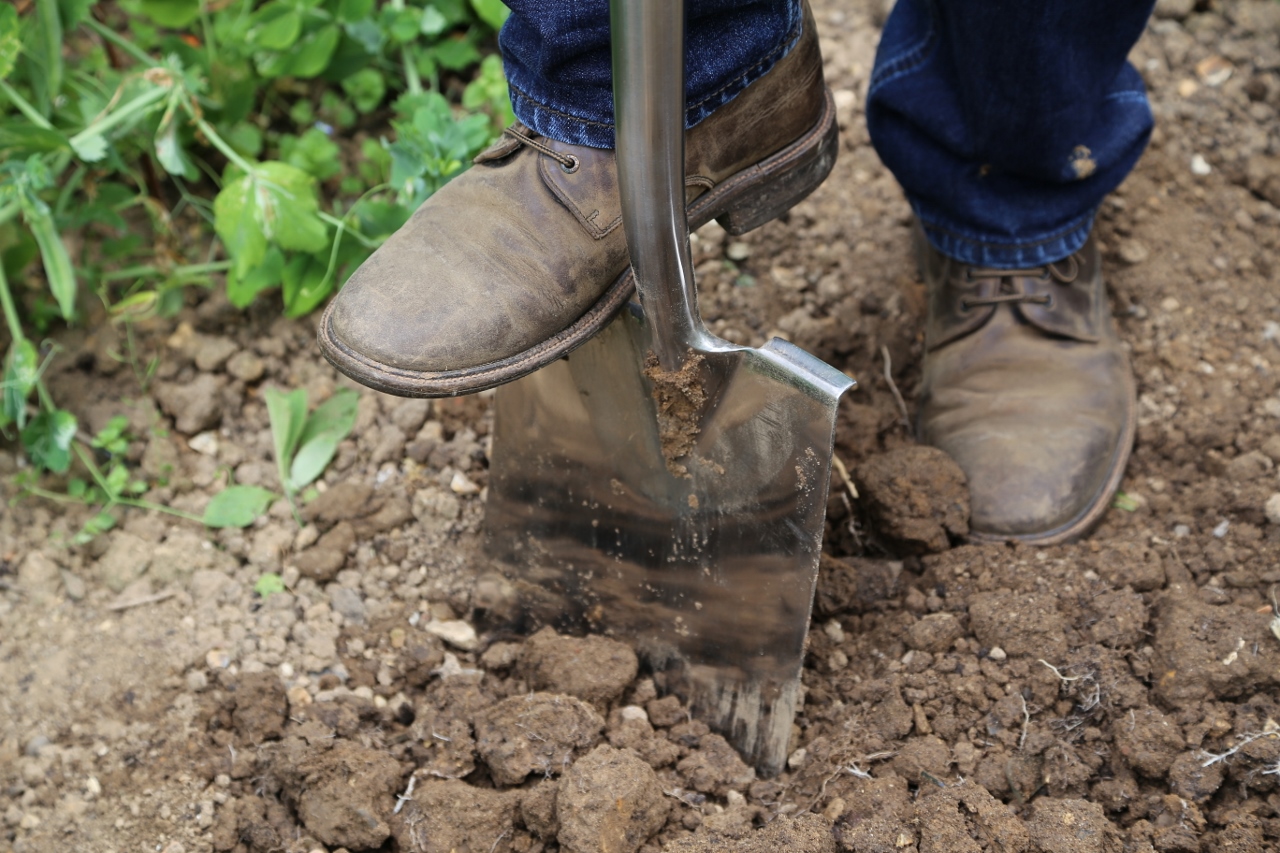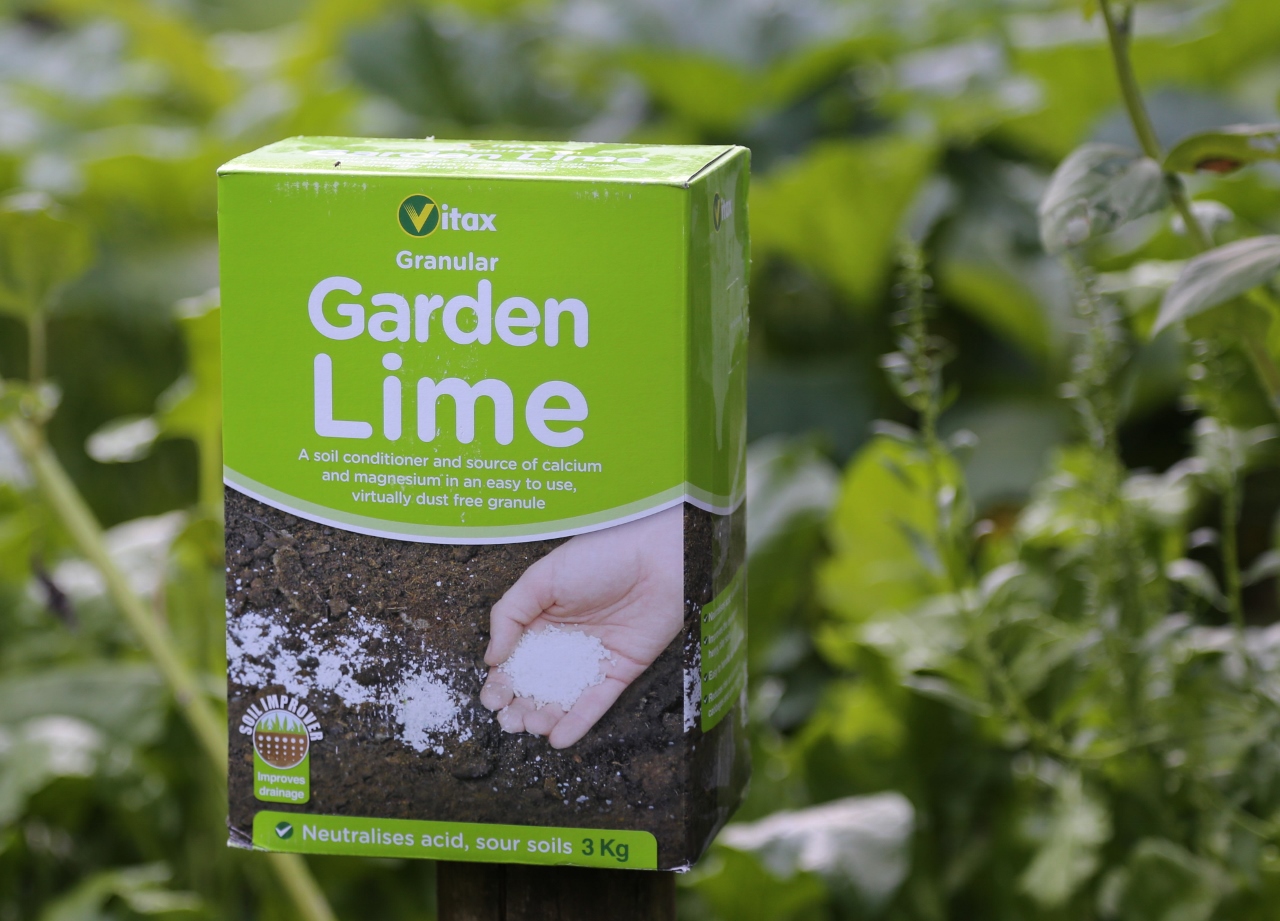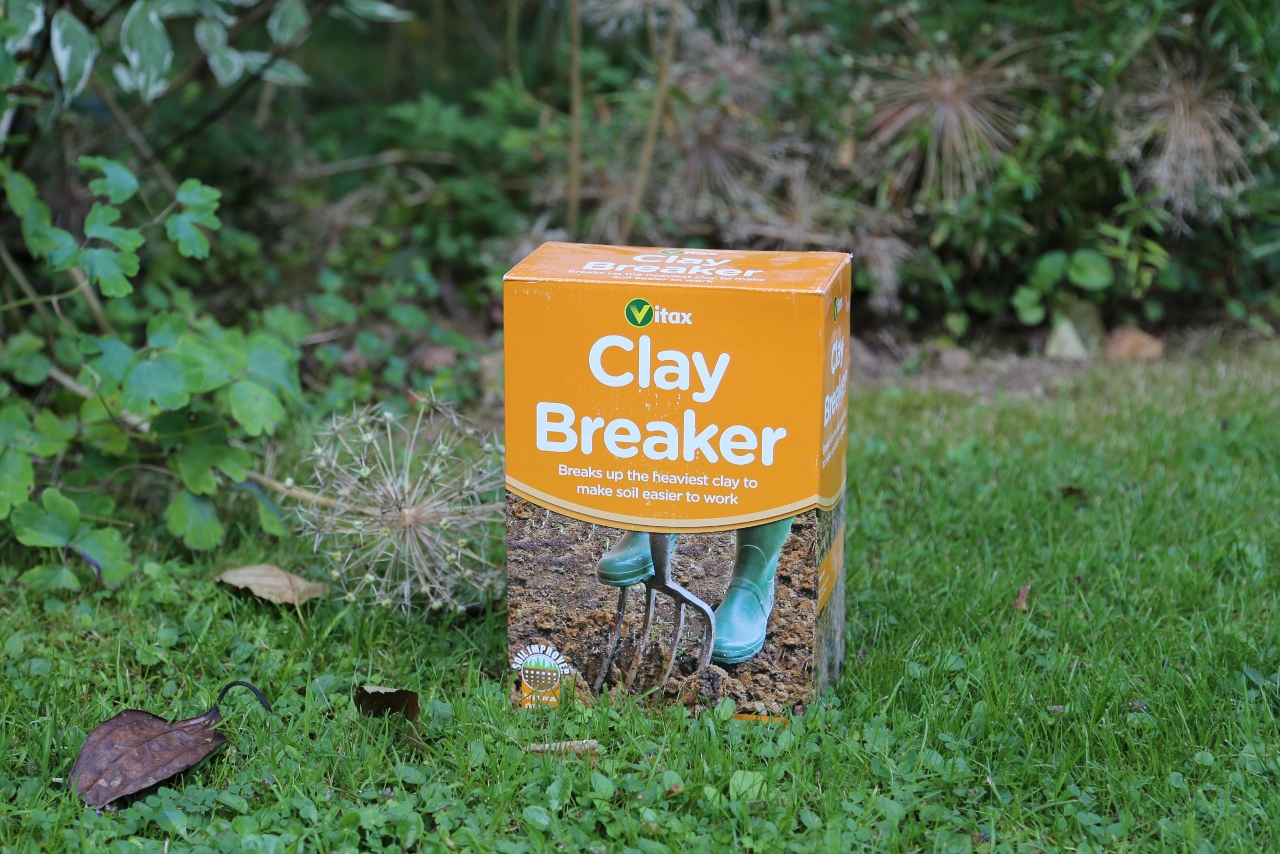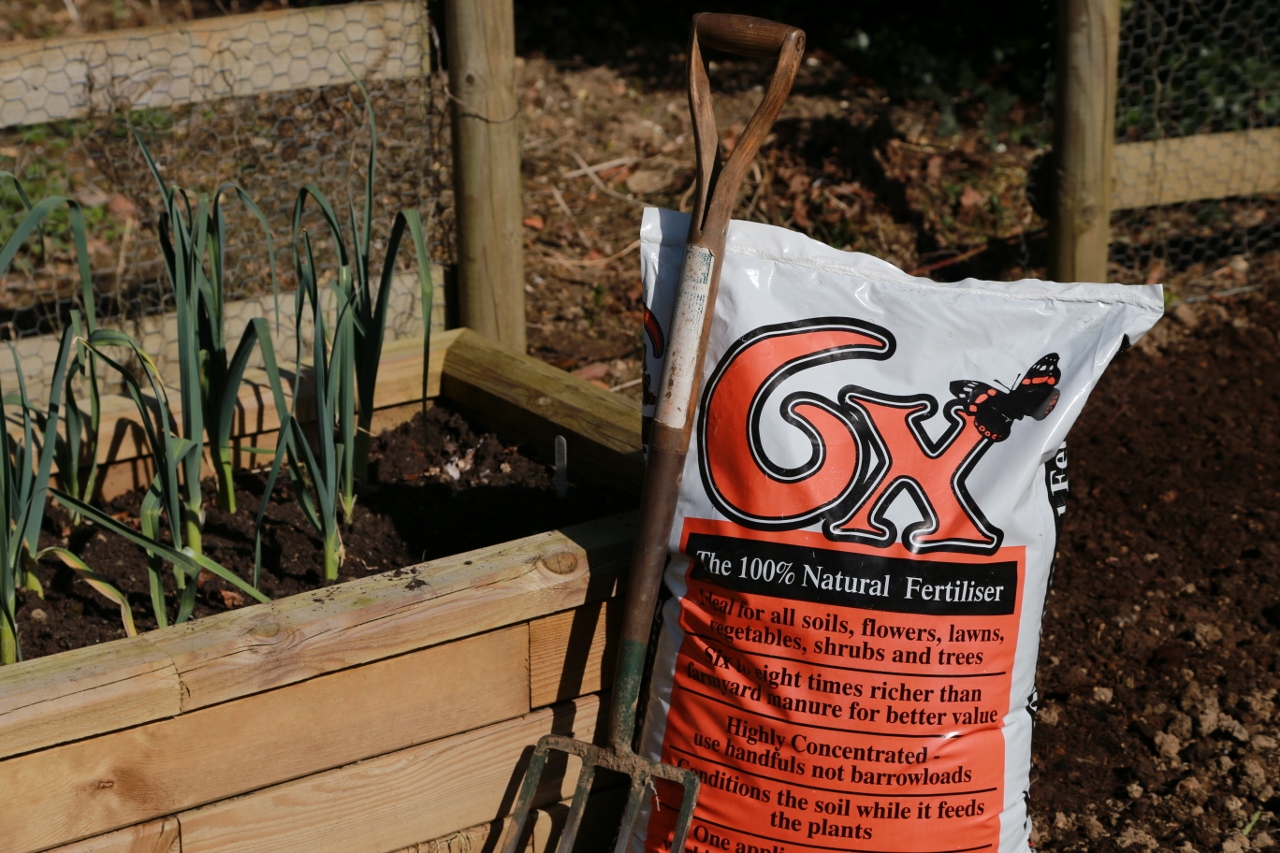How to Improve Clay Soil
 Clay soil is generally fertile and a wide range of plants, including roses grow well on it. However it can be very heavy and wet in winter and difficult to cultivate. Few gardeners are enthusiastic about their clay soil and would very much like to improve it. Experts will tell you to dig in plenty of organic matter, which may be easier said than done. Is that the only solution?
Clay soil is generally fertile and a wide range of plants, including roses grow well on it. However it can be very heavy and wet in winter and difficult to cultivate. Few gardeners are enthusiastic about their clay soil and would very much like to improve it. Experts will tell you to dig in plenty of organic matter, which may be easier said than done. Is that the only solution?
Why is clay heavy and wet?
Clay consists of minute mineral particles that tend to cling tightly together. Because there are lots of them they have a big surface area which efficiently hangs on to water and nutrients. Hence clay soils are heavy and wet. Soils with larger particles have more air space and allow the passage of water more freely. So if you can make the soil particles in a clay soil larger you improve drainage and the texture.
 Adding garden lime
Adding garden lime
One way of improving the texture of a clay soil is to add lime. This raises the pH of acid clay soils, making them more alkaline and in doing so it encourages clay particles to stick together in small clumps. This results in larger particles and makes the soil more friable and easier to work. Lime is best applied in autumn as Vitax Granular Garden Lime which is scattered over the soil surface and left to do its work over winter. If you can rough dig the ground before application it is more effective.
This method is particularly beneficial on the vegetable plot: most vegetables, especially brassicas grow more successfully on alkaline soil. If you garden on acidic clay you are bound to get better results by liming the ground regularly. However you must not use it around ericaceous plants or any subjects that require acid soil.
Using Clay Breaker
 Vitax Clay Breaker is a well-known and long established soil conditioner for clay soil which does not affect the soil pH in the same way as Garden Lime, therefore it can be used anywhere, even among existing plants and on lawns after aeration. Again it is best sprinkled over the soil in autumn after the ground has been dug. It gradually works into the soil during the winter months leaving it in better condition by spring. Clay breaker is a gardening essential for anyone struggling with clay soil. Once you have used it you will never be without it.
Vitax Clay Breaker is a well-known and long established soil conditioner for clay soil which does not affect the soil pH in the same way as Garden Lime, therefore it can be used anywhere, even among existing plants and on lawns after aeration. Again it is best sprinkled over the soil in autumn after the ground has been dug. It gradually works into the soil during the winter months leaving it in better condition by spring. Clay breaker is a gardening essential for anyone struggling with clay soil. Once you have used it you will never be without it.
Adding horticultural grit
On extremely heavy, solid clay adding grit to the ground in autumn can be very effective, especially if it is spread on the soil surface with copious amounts of organic matter such as garden compost or bulky manure. Again, if the soil is rough dug and left in large lumps, the grit and manure are spread across the surface, winter wet and frost do the work. The grit gradually sinks into the soil taking the garden compost or manure with it.
 Keep up the good work and feed the soil using 6X
Keep up the good work and feed the soil using 6X
Following any of these treatments applying 6X in early spring gets your garden off to the perfect start for the season. 6X is a well-known and well-loved alternative to traditional farmyard manure which takes a lot of the effort out of spreading manure on the garden. One 15kg (30lb) sack is equivalent to six or more sacks of traditional bagged farmyard manure and treats up to 184 sq metres (220 sq yds). 6X adds that all important humus to the ground, the organic matter that keeps those clay particles apart, improving the structure of your soil and giving your plants the best possible growing conditions.
Andy McIndoe for Vitax
Find a stockist near you
To check if the product you require is in stock, please contact the retailer prior to visiting.
Your login details have been used by another user or machine. Login details can only be used once at any one time so you have therefore automatically been logged out. Please contact your sites administrator if you believe this other user or machine has unauthorised access.












